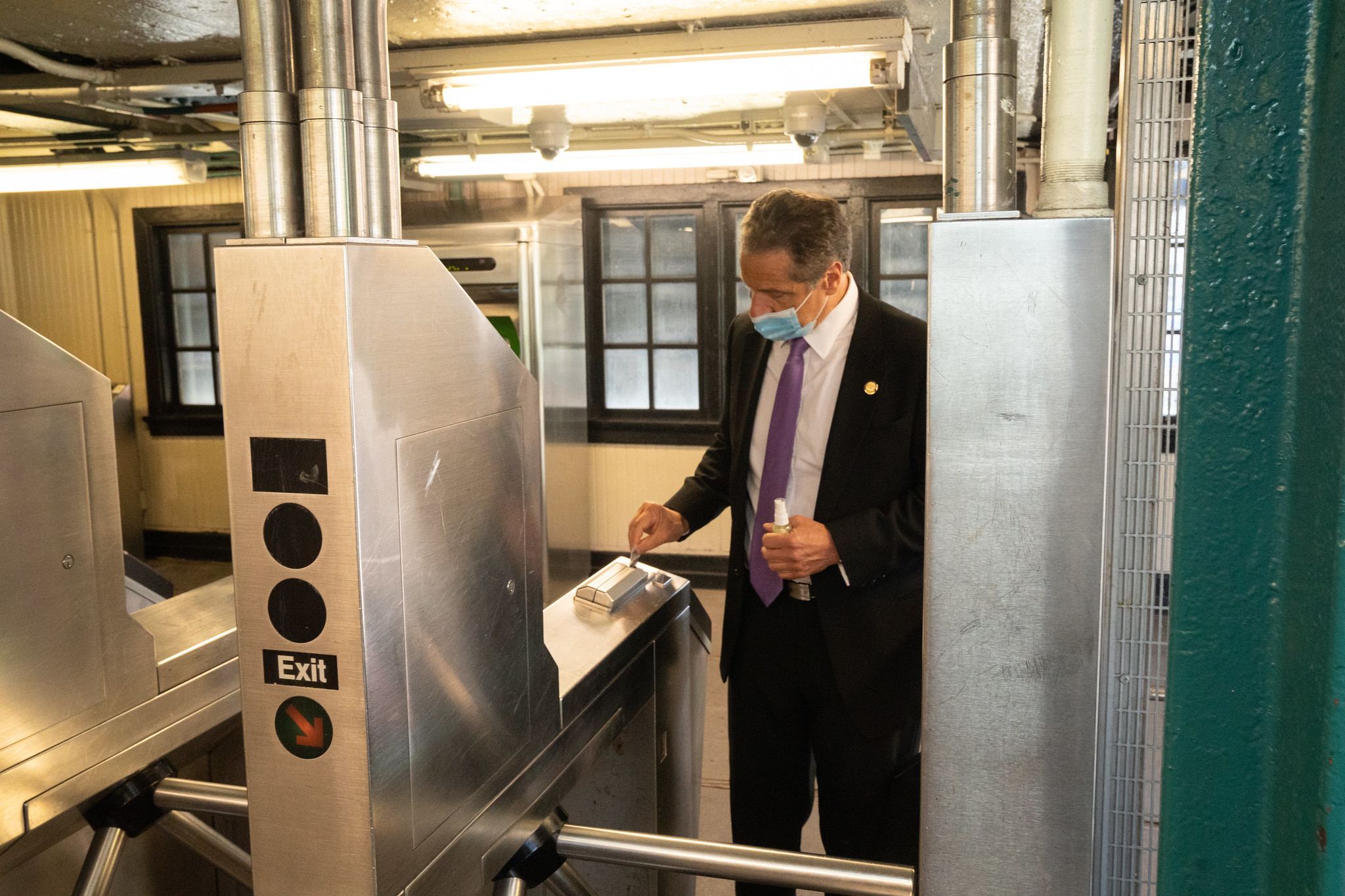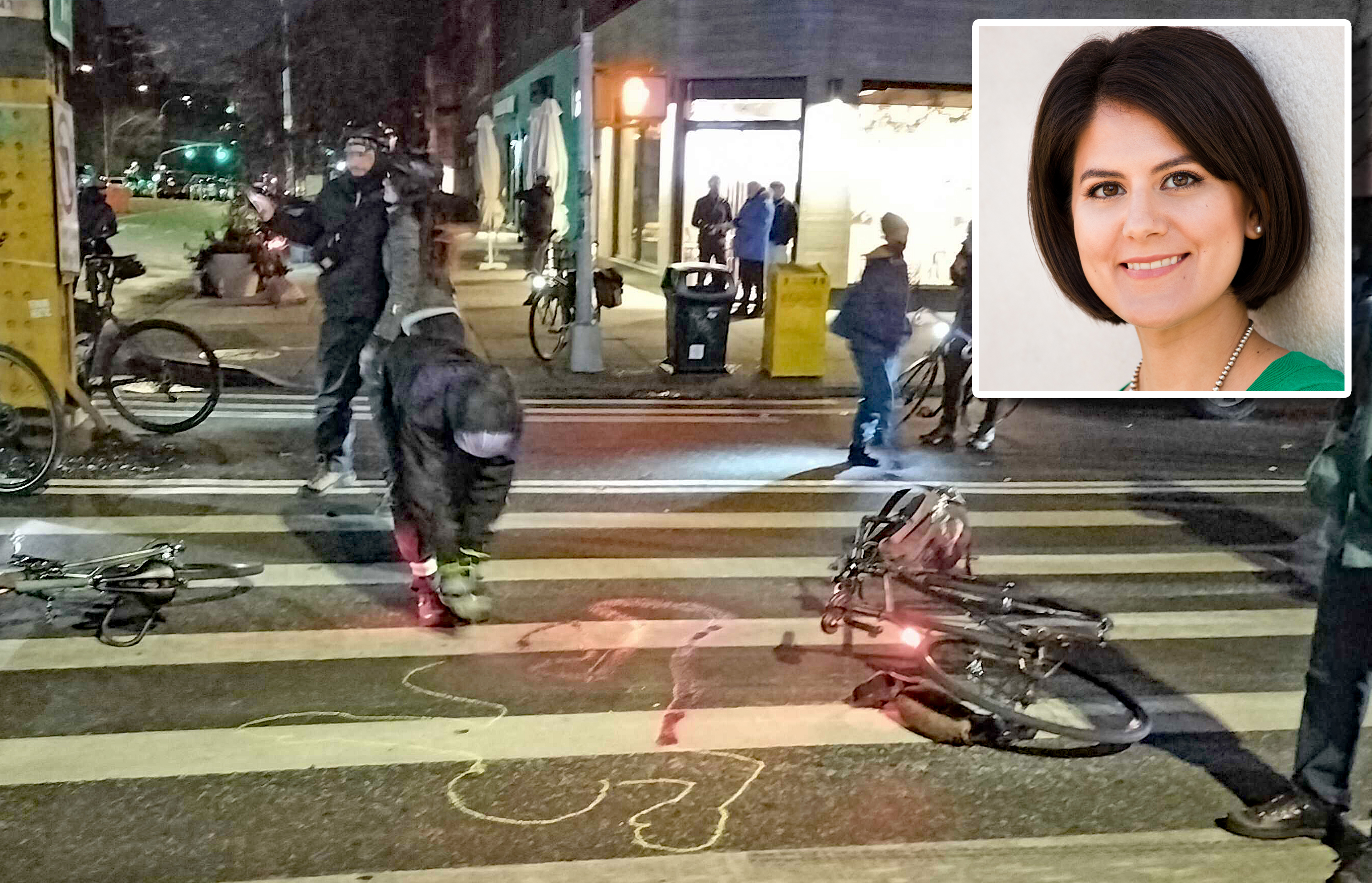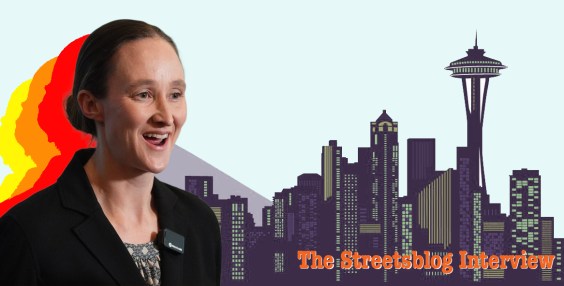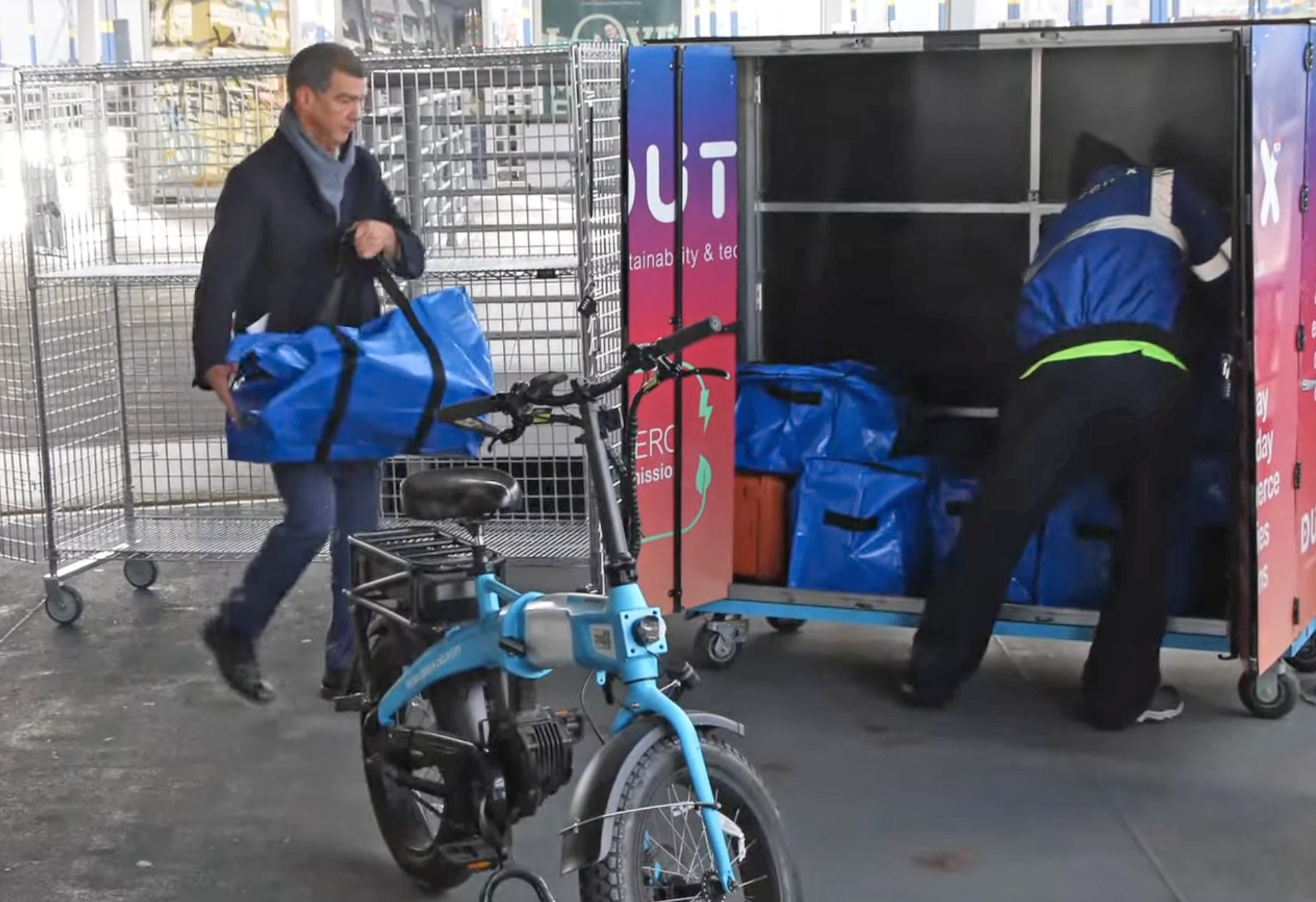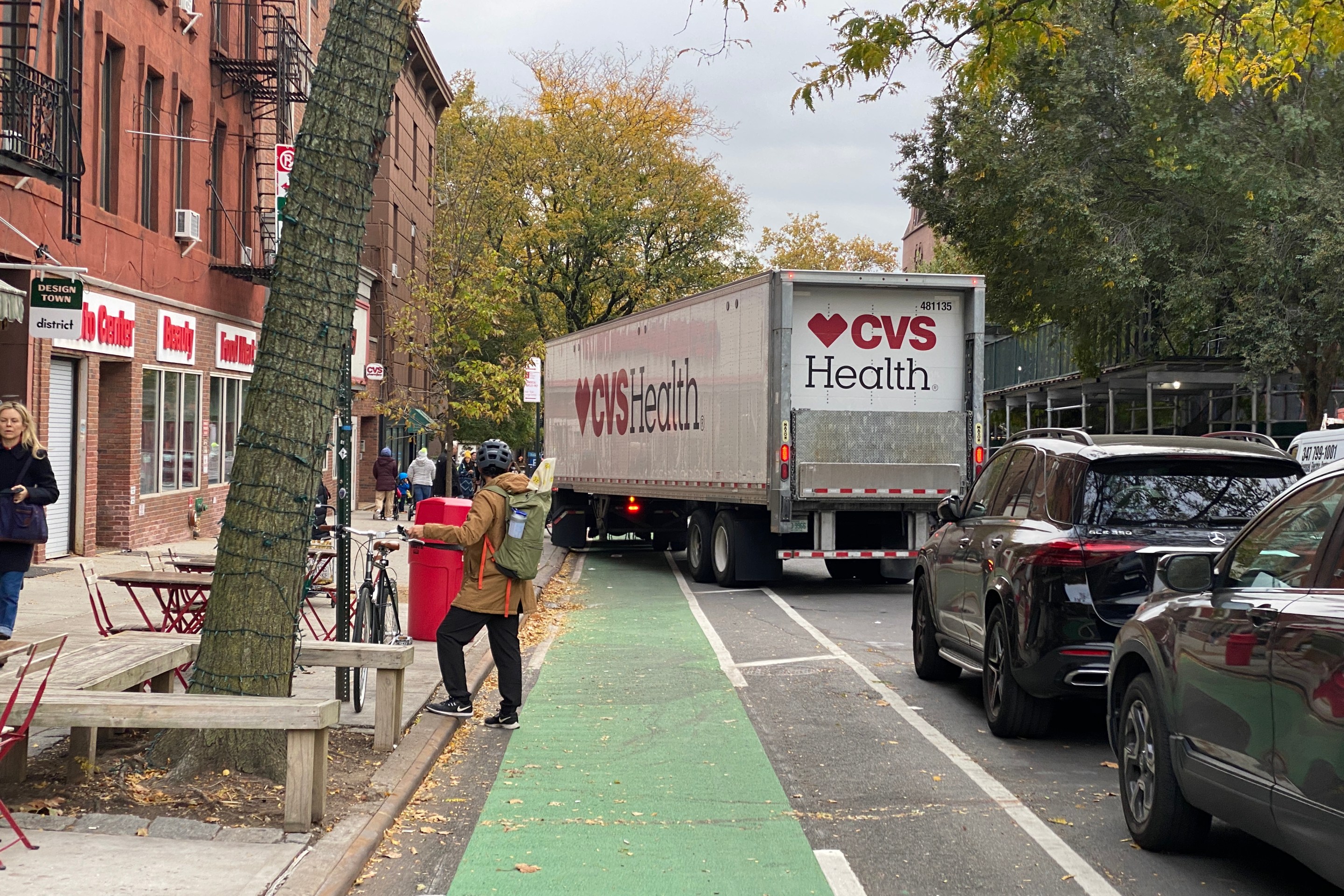New York's 24-hour subway is back, but Andrew Cuomo says to ride it if you dare.
At a press conference on Monday at which Gov. Cuomo announced that full overnight subway service would return on May 17, the governor all but dared New Yorkers to ride the rails, ending the gaggle by telling reporters that crime on the subway — and in the city run by his bitter rival Bill de Blasio — was at the level of a hellscape not seen since Death Wish 3.
"As you know, I am a New Yorker," the governor started. "I am smart. I am New York tough. Don't lie to me and don't play me as a fool. I'm on the subway. It's safe. Oh, really? Have you been on the subway? Because I have. And I was scared. Tell your child to ride subway, it's safe. I'm not telling my child to ride the subway, because I'm afraid for my child."
It was unclear if the governor, who rode the subway once in 2020, was talking about his own children or if he was attempting to channel what he considered the thoughts of an average New Yorker, but advocates said he was full of malarkey either way.
Chuck Schumer to MTA: “Take down this sign!” pic.twitter.com/WjTpGpTLI8
— Clayton Guse (@ClaytonGuse) May 2, 2021
"It doesn't matter if Gov. Cuomo, who lives in Albany and has had a security detail and chauffeur for decades, is scared of the subway," said Riders Alliance Communications Director Danny Pearlstein. "What matters is that millions of New Yorkers ride the subway daily and demand reliable, accessible, frequent and affordable public transit service."
The governor's rant was also a strange way to cap a press conference about the restoration of overnight service, which had always been seen as a key indicator for New York City's readiness to end pandemic restrictions. It's unlikely that emphasizing the potential for violence on the subway is the best way to encourage ridership, but the comments were also typical of Cuomo, who has always found time during the pandemic to suggest that New York City had a crime problem that only he could solve.
But what else would surprise you from Cuomo? Calling for New Yorkers to abandon the subway just as he is restoring it to full, 24-hour service is just the capstone of a year-long campaign of transit lies and virus obfuscation that disrupted the lives of 20,000 commuters and thousands of homeless New Yorkers. The shutdown itself was a symbol of the governor's own self-delusion about his relationship with the MTA; indeed, Cuomo has spent years suggesting that he doesn't run the state-run authority — yet he was the person who announced its first-time-in-history overnight shutdown last year, and he was back on Monday to announce the full restoration.
In between was a year's worth of shambolic leadership from Albany. Let's recap:
Crimes and misdemeanors
Total felonies are down on the subway. Does that mean the subways are safe? It depends on whom you ask, and it depends on that person's interpretation of pandemic travel patterns.
There have been high-profile crimes underground — and the de Blasio administration responded by assigning an extra 500 NYPD officers to the system in February. But the MTA leadership asked for 1,000 police officers on top of that surge. At one point, New York City Transit Interim President Sarah Feinberg suggested that there should be two police officers on every platform every minute of the day, which would be more police officers on the transit system than U.S. troops in Afghanistan, Clayton Guse of the Daily News calculated.
Although total felonies are down in 2021 compared to 2020, the MTA has pointed to a recent rider survey in which rider satisfaction with crime was lower than in the months before the survey, although people not currently riding the system listed working from home and fears of catching coronavirus as the top reasons they weren't returning to the subway.
MTA Board members and executives recently got into a tiff with Kathleen O'Reilly, chief of the NYPD's Transit bureau, over whether the low overall crime numbers were skewed by low ridership or represented an accurate picture of a safe system. O'Reilly accused the transit authority's leadership — remember, that's Andrew Cuomo — of "fear mongering" over crime, while MTA leadership insisted that the crime rate was at an unacceptable level. The crime rate did rise to 10.25 felonies per million riders in April, 2020, when the subway suffered its 90-percent drop in ridership. Now, it is 2.3 felonies per million riders — evidence that customers returning to the system is the most effective deterrent to crime.
Which is why advocates were so angered by Gov. Cuomo's comments on Monday.
We don't even need to go back too far to see this in action. In April of 2020, when subway ridership reached it's all time low of just 11.8 million for the month, the major felony rate was 10.25 per million. So it's decreased by nearly 75% as more people return to the subway.
— Second Ave. Sagas (@2AvSagas) February 19, 2021
"The governor should actually try riding the subway before making a statement like that, which, frankly, is dangerous and categorically false," said Jaqi Cohen, the campaign director at the Straphangers Campaign.
Cuomo's statement on Monday was also bizarre in that it contradicted MTA Chairman and CEO Pat Foye, who recently said that the subways are "dramatically safer" than they were decades ago (though he still called for a significant increase of police presence ... and a significant increase in mental health resources and workers to deal with emotionally disturbed people."
Mr. Clean or Mr. Mean?
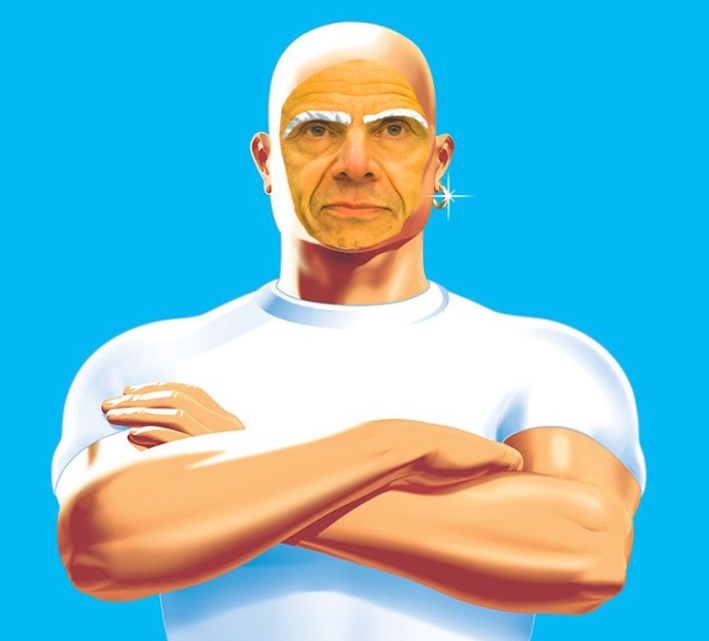
So why was the subway shut down in the first place? Sometimes it was for cleaning trains (that were running without passengers for the entirety of the shutdown) in order to be safe during the coronavirus, other times to remove homeless riders who the city and state failed to help. In any event, at various times, Cuomo clearly only focused on homelessness as a problem when it was convenient for him.
MTA officials, in an attempt to not cross the boss, also often claimed the original four-hour shutdown was necessary to clean the system, until one day they decided they could actually do it in two hours.
The suspension of overnight service was originally a stoppage in service from 1 a.m. to 5 a.m., and was announced two days after the governor said homeless people living on the train was "disgusting." The other stated reason for the early morning shutdown was to do deep cleaning on the system at a time when few people rode it, and the science around coronavirus transmission and surfaces was unsettled.
But really, the shutdown was about the governor. Cuomo used any conversations around the issue to suggest that the subways (which he runs) had never been previously cleaned at all, and the prospect of lemon-scented trains were a good reason (for him) to end 24-hour service for the first time in the subway's history.
But it was a myth. By June, some transit advocates were pointing out that the known science of transmission around COVID-19 showed that the virus was much more likely to spread through the air than on surfaces, but MTA leadership then said that it would do the overnight deep cleans until Health Commissioner Dr. Howard Zucker declared the pandemic to be over.
The hostile workplace
Cuomo also used the shutdown as something of a one-year experiment in how openly he could batter Mayor de Blasio, turning their working partnership into, well, a hostile workplace.
The two did not disagree about the need to clean the subway (or the idea of using the virus as a means of evicting the homeless), but Cuomo (being Cuomo) only acted after de Blasio proposed his own plan for cleaning and evicting the homeless by having some subway lines stop one station short of their terminus. Cuomo fired back with his full 1 a.m.-to-5 a.m. shutdown days after de Blasio announced his plan.
From there, it all went downhill, with the governor attacking the mayor's handling of the George Floyd protests, criticizing his school reopening plan, demeaning his understanding of state law, and reportedly keeping a dartboard with the mayor's face on it.
Once Cuomo was unmasked as a serial sexual harasser (allegedly!), de Blasio finally felt free to say what he felt about the Big Dog. But that only led to Cuomo being more aggressive, as he was last month after de Blasio announced he wanted to open up New York on July 1.
“The mayor of New York, I don’t know what he’s indicative of,” Cuomo scoffed. “Ask the people of New York what they think about the mayor of New York City and I’ll second their opinion."
So these last 12 months have taught us a lot about Gov. Andrew Cuomo. But what did we learn about the subways? See below:
— with Gersh Kuntzman
